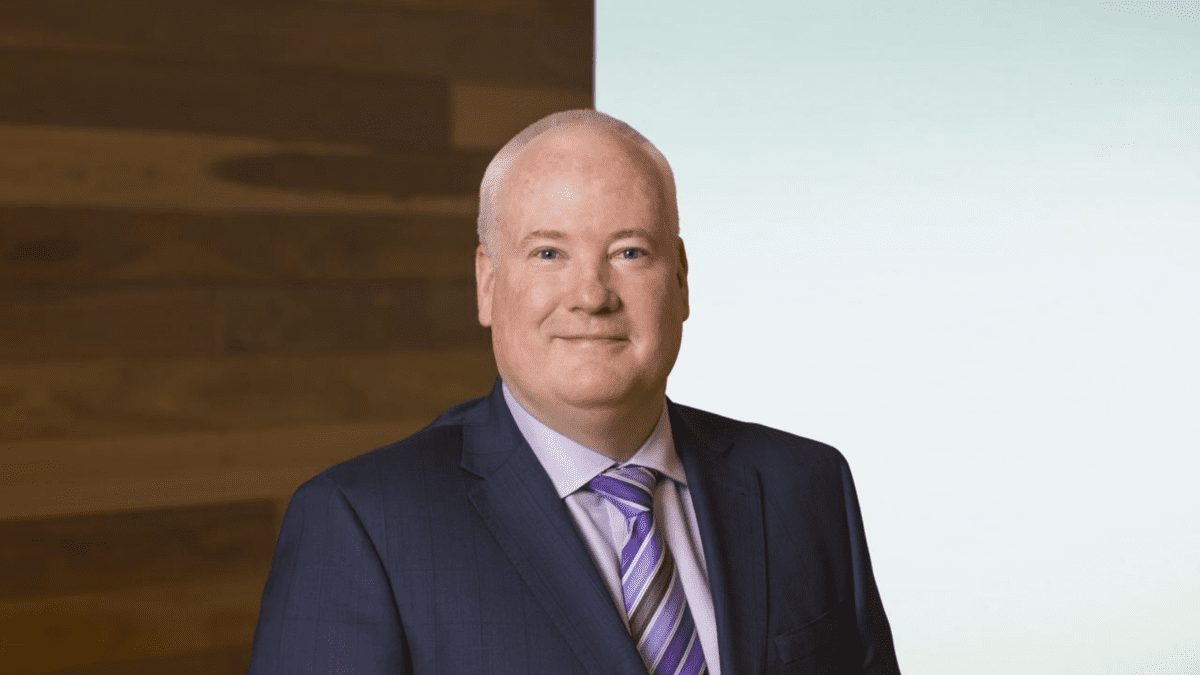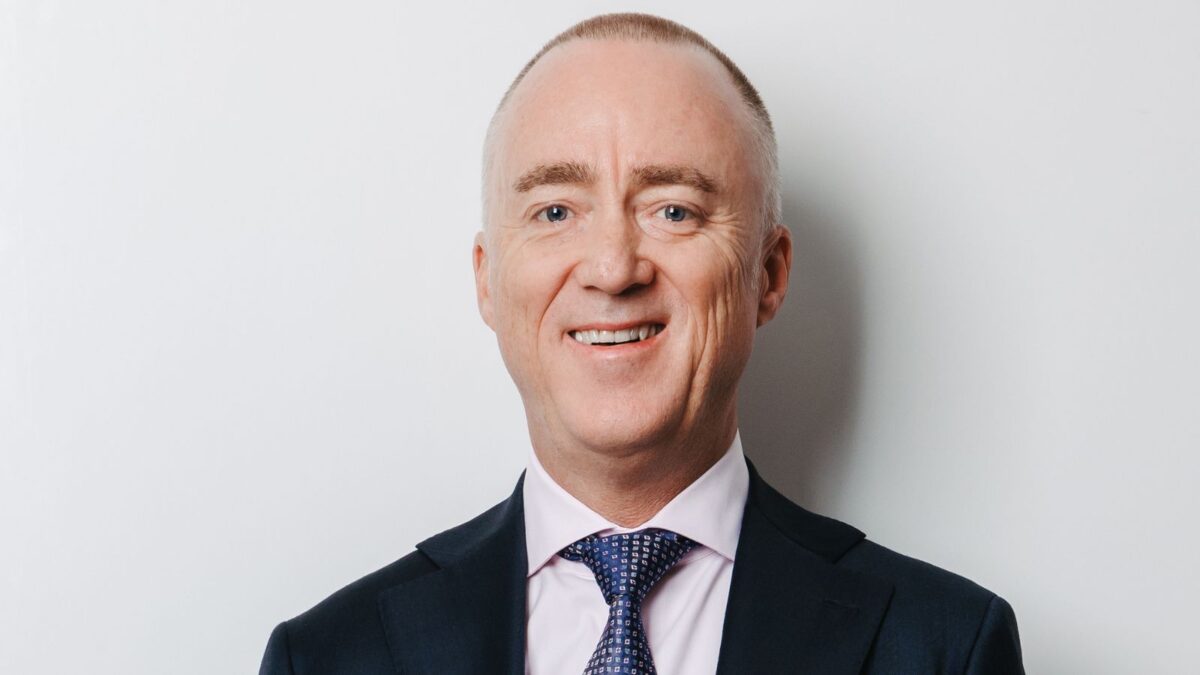State Street prepares to bring $80 billion of new clients aboard
State Street saw its assets under custody for Australian investors surge some 23.5 per cent in the latest ACSA tables following the addition of Australian Retirement Trust’s (ART) $270 billion FUM, and is now preparing to transfer a further $80 billion of new clients drawn mainly from the book of NAB Asset Servicing (NAS).
But though the “landmark” ART deal has cemented State Street’s bona fides in the superannuation space, it was also cause for some consternation among prospects and new clients.
“It was a question; with NAS exiting the market there was a flurry of activity but we were quite selective in terms of what we went after and had quite a successful year – probably more successful than 2022 was from a new business perspective,” State Street Australia country head Tim Helyar tells ISN. “But every client or prospect asked us about the level of distraction and whether they would be a small fish in a big pond. The answer was very much no; it’s helpful to have a marquee client or five, but our business isn’t set up around one client.”
“(ART) is enormously helpful because it boosts our position in the market… Prospects like that we were able to land the transition in the stated timeline; they like the fact that it’s green and healthy and referenceable.”
While Helyar stayed mum on who exactly the new clients were, sources point to at least UBS Asset Management as among those making the jump from NAS (the UBS response was “no comment”).
While the merger and the first stage of the business integration of QSuper and Sunsuper are now complete, ART’s ongoing consolidation and restructure is still a “huge project” for State Street.
“One of the benefits of scale is achieved through consolidating options, consolidating asset managers and funds, and we’re instrumental to that,” Helyar says. “One of the big projects we’re working on with them is around data; they need better access to data to run what they need to run, whether it’s risk management, portfolio management, exposure management, across the combined entity. There’s a huge change agenda for ART; in some ways as big as it was last year, in different ways.”
Changing client landscape
Soaring interest in private markets from institutional investors and established fund managers starting new strategies means that many of State Street’s risk, performance management and valuation systems are having to cope with co-mingled public and private assets, a trend that is driving the integration of Mercatus, the private markets data platform it acquired in 2021, into the Alpha product suite.
“They’re becoming a really, really big asset class – 20-40 per cent of the portfolio in some funds, and even BlackRock has recently acquired a private markets capability,” Helyar says.
Increased concentration among the big players in superannuation is also seeing a rethink of how service provider relationships have historically worked, with megafunds considering whether there’s room for multiple custodians in the same book.
“I think there will be more providers providing services to the bigger clients; you won’t necessarily have that saturation where one custodian provides everything,” Helyar says. “On ART, we don’t do the lending and collateral – that’s with two of our competitors.
“There’s a share of wallet that happens and a spread of – not counter-party risk necessarily, but they want to do business with multiple service providers. Our largest global markets client is not a custody client, and we have mandates in the SSGA business that we don’t have custody for.”
While most providers sell component based services, core custody is typically still a one-to-one relationship – but even that could change over time, Helyar says.
“Funds are going to have $500 billion by 2027-2028 and most large asset managers around the world – the ones in the trillions – routinely have multiple custodians. The difference with a super fund is that it’s all co-mingled assets into one or a small number of legal entities and that’s difficult to break down. You can’t have a fixed income custodian and an equity custodian (in the same way an) asset manager with discrete products can.”










